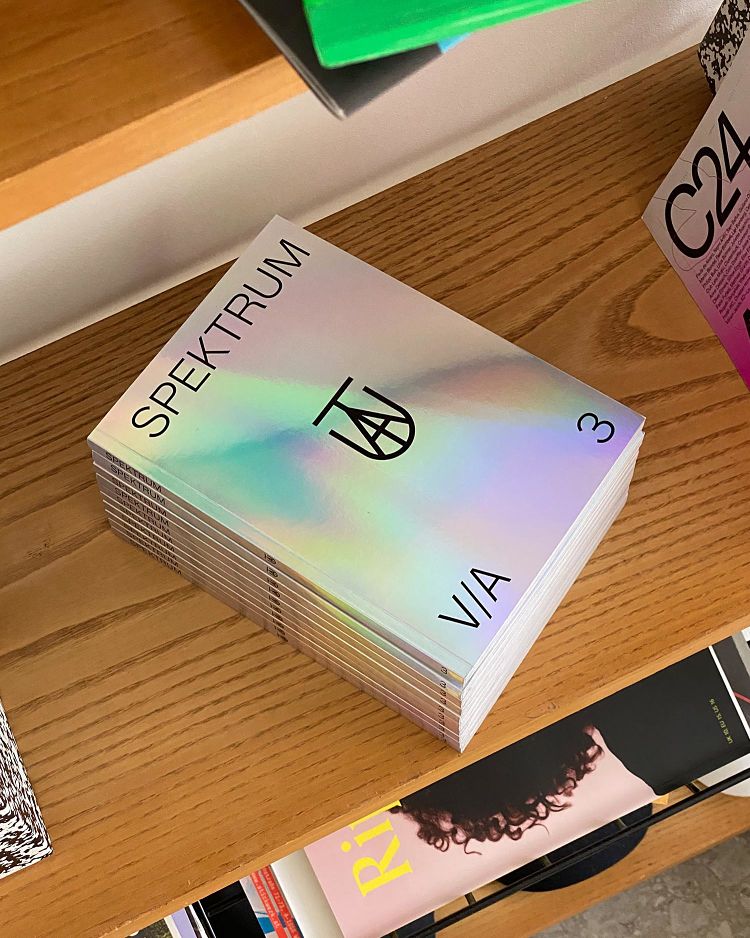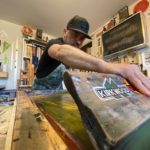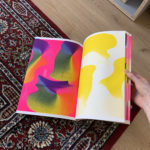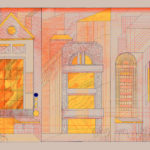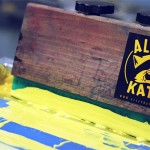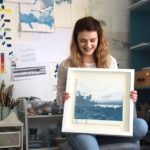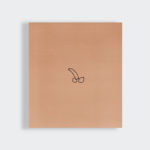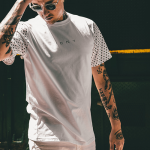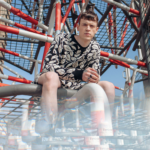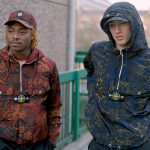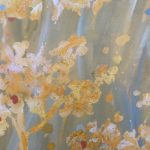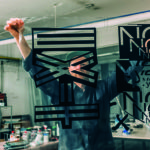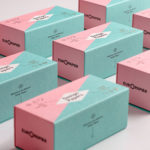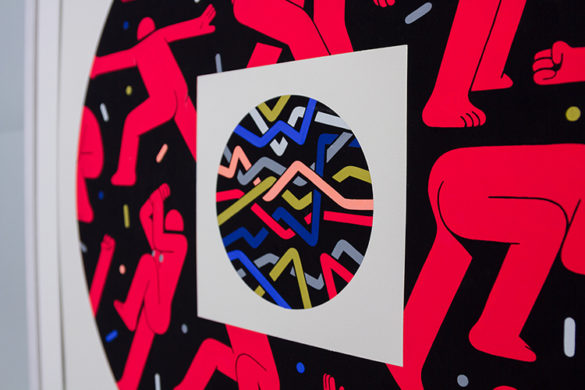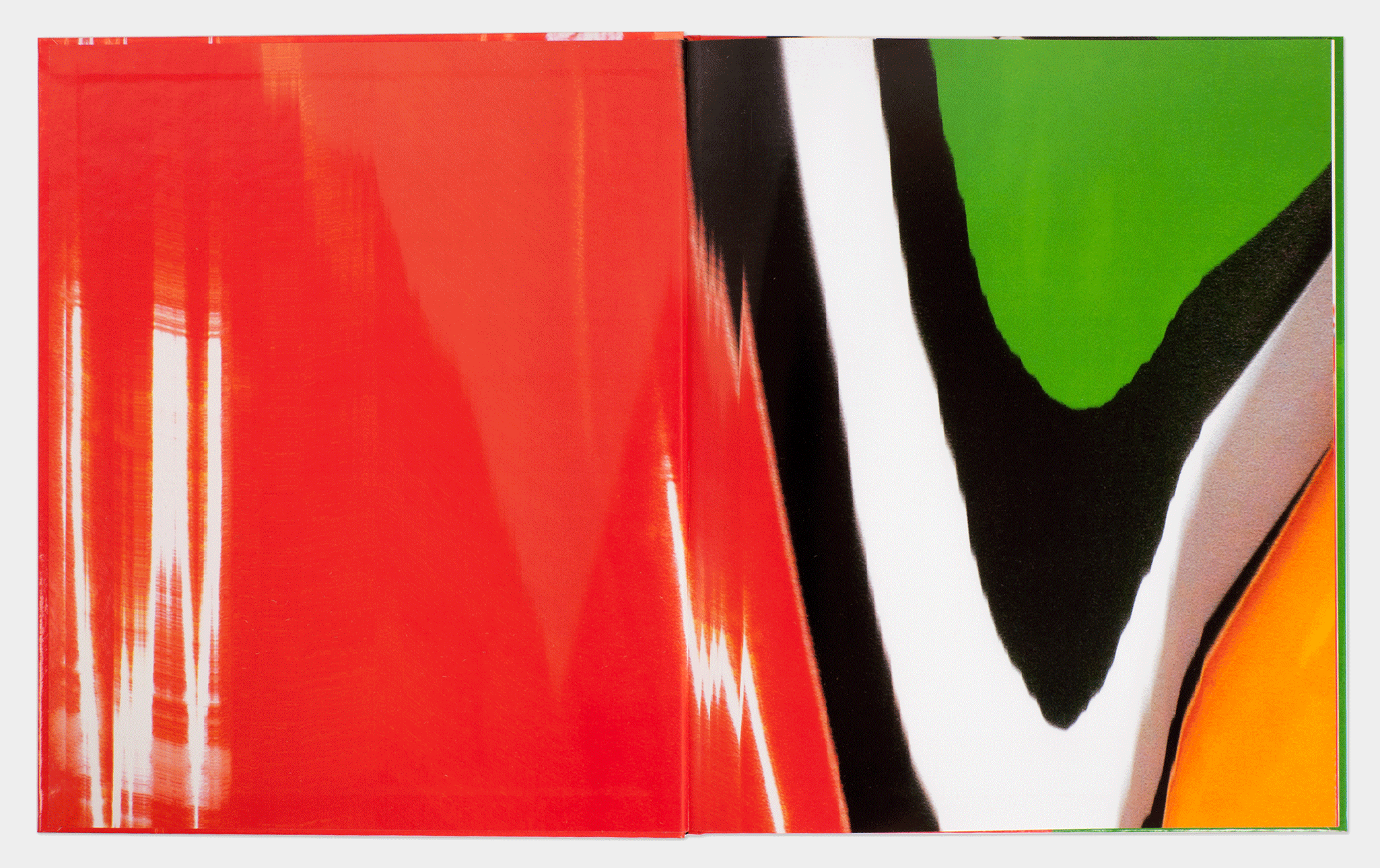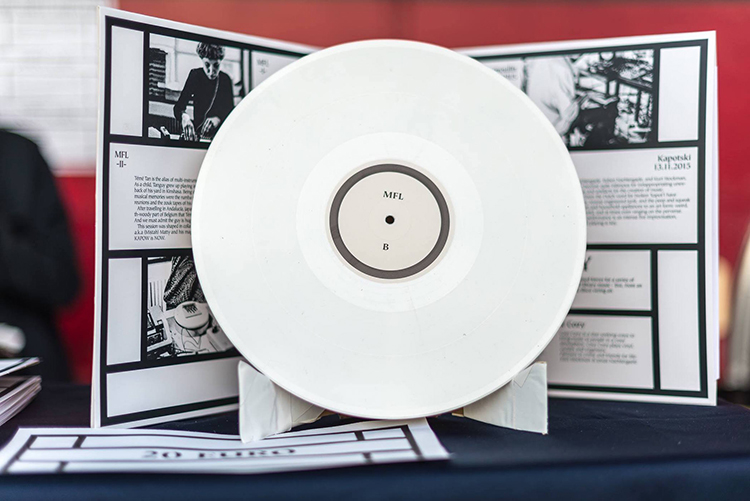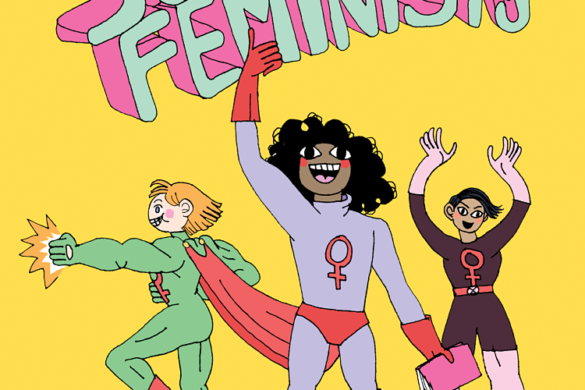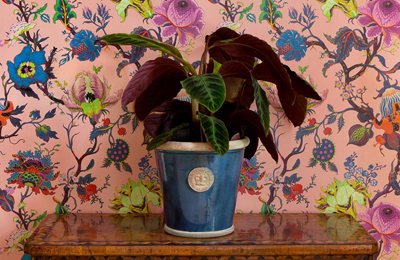Hailing from what he describes as “the beautiful town” of Graz in Austria, over the years Lukas Haider has become known for his thoughtful, striking and highly original approach to graphic design and typography.
Haider studied “so-called ‘Information Design’,” as he puts it, at the FH Joanneum in Graz, a course which covered typography, web development, 3D and animation skills and more—“Basically everything you can imagine connected to design,” he adds.
His passion for design first revealed itself to him, however, through creating posters and album artwork for bands and music producers—a niche that’s continued throughout his freelance work to this day, with numerous forward-thinking, playful but technically rigorous music-related projects sitting in his portfolio alongside work for various cultural organisations and lifestyle brands.
Last year, he garnered a fair bit of attention for a typeface he created with Alexander Raffl called Unknown Type. The pair met while working at the Viennese graphic design studio Great, and they developed the typeface from a pitch project that was rejected, and which they chose to continue work on independently of the client project. Fortuitously, thanks to its allegiance with Haider’s own interests, a beta version of the typeface was picked up by German record label Tau.
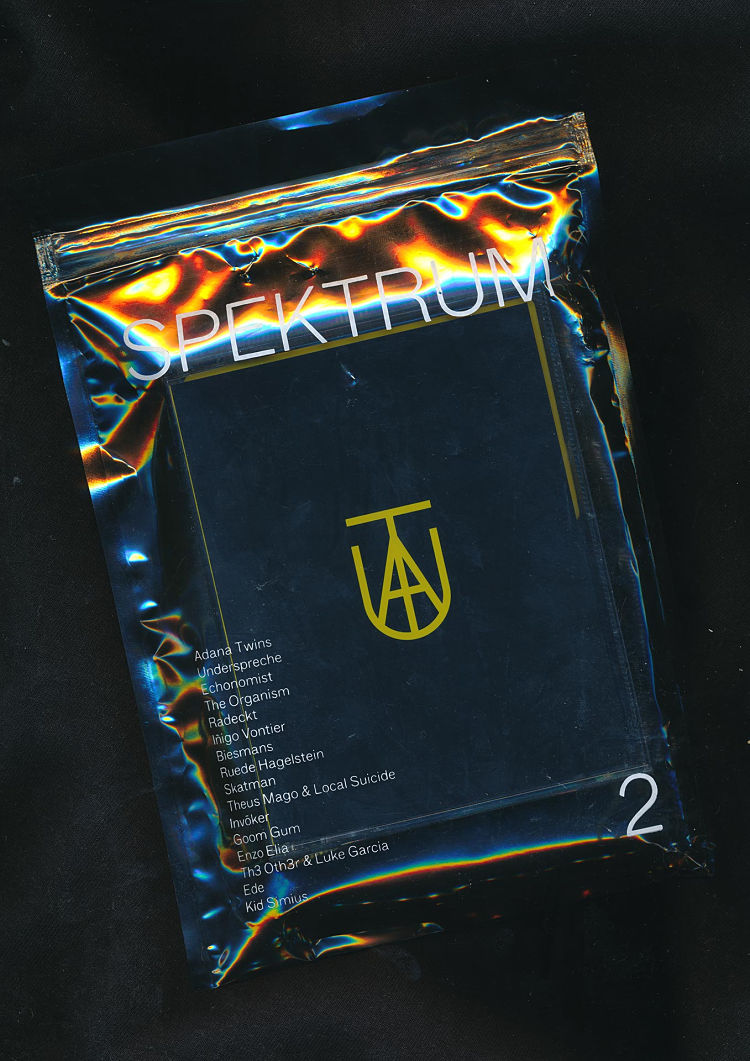
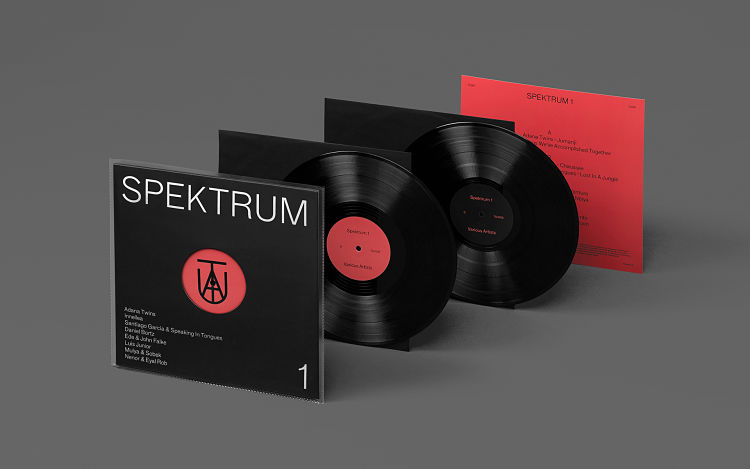 Can you tell me a little more about your recent SPEKTRUM project?
Can you tell me a little more about your recent SPEKTRUM project?
The SPEKTRUM series by the record label TAU is a compilation of releases by various artists connected to the label. Since the beginning we wanted to do an individual approach for every compilation. We already had super high-class vinyl packaging, old school cassettes and wooden Palo Santo sticks.
For the latest release of SPEKTRUM we came up with the idea to create an actual magazine for the release – an extended booklet if you will. Every artist was presented in a different way to match the actual songs’ mood or the stories behind them. The cover is printed on a special holographic paper that shows a wonderful “spectrum” of colors, which is (as you can imagine) a connection to the musical spectrum of the 16 tracks. Each magazine includes a personal download code for the compilation that you can download via the store.
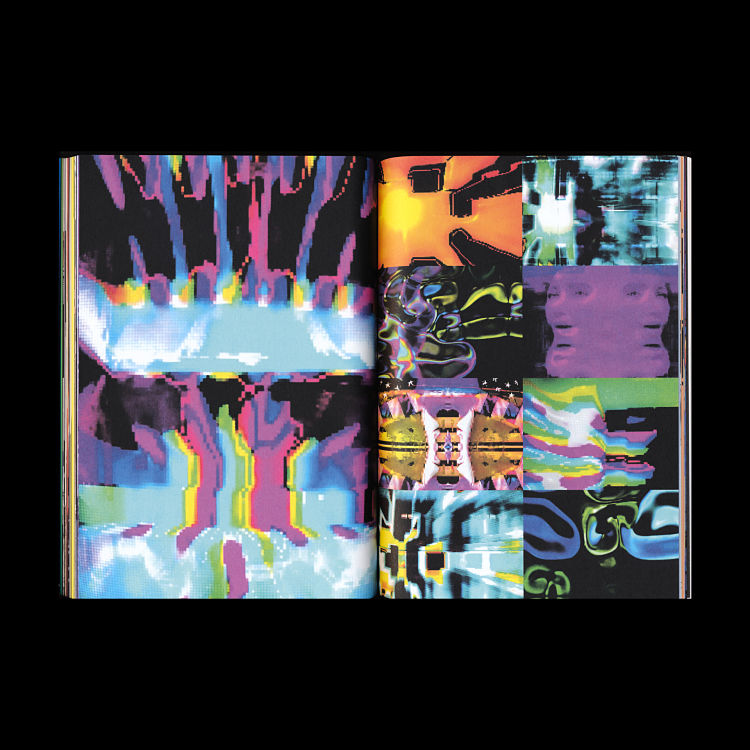
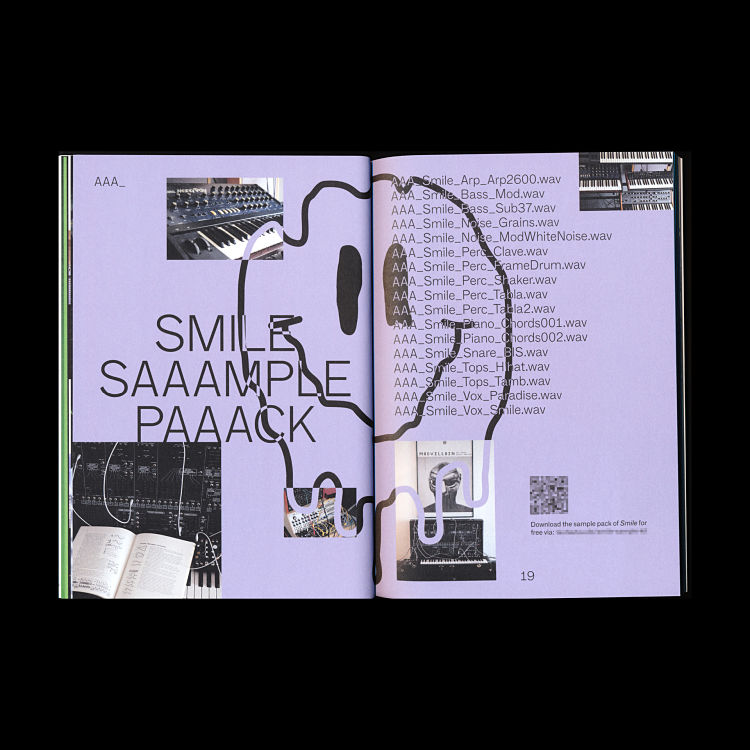 What do you enjoy about working for music clients?
What do you enjoy about working for music clients?
Working for the music industry gives artistic freedom and space for unconventional design solutions across different fields of media.
How did you get involved in working on electronic music stuff?
That’s actually how I found my way into design: Creating album artworks, flyers and logos for befriended bands and producers in my teenage years.
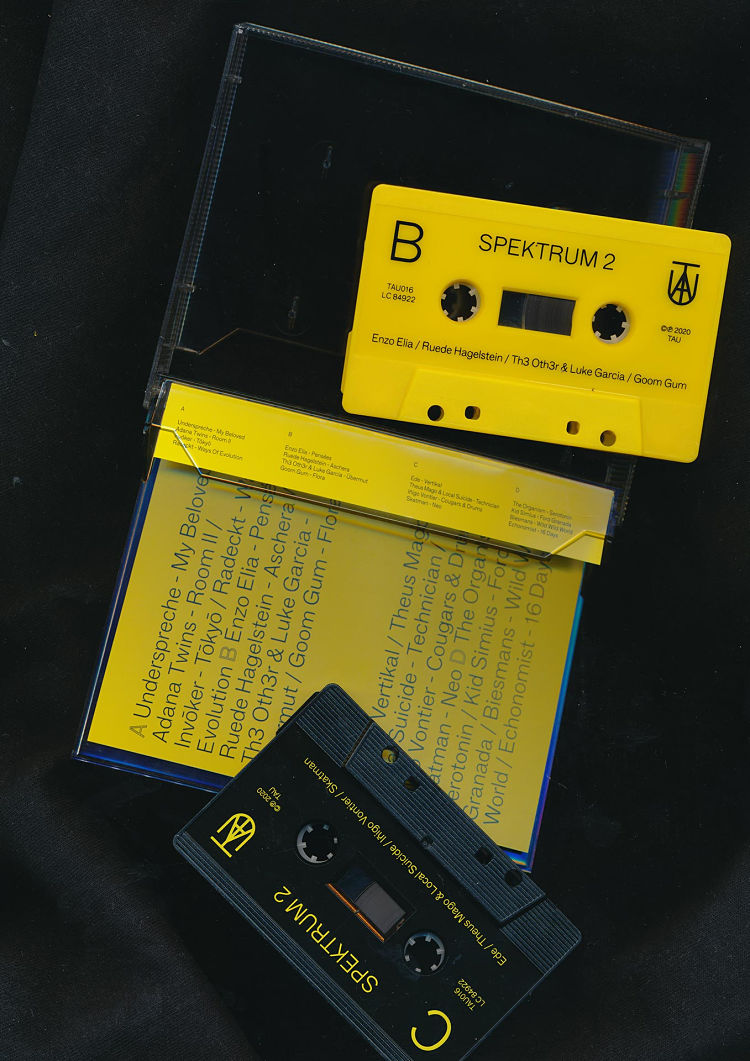 Do you make music yourself at all?
Do you make music yourself at all?
Yes, I do. Unfortunately I am not satisfied enough to release my own stuff yet. But that’s definitely something I want to achieve. Releasing a song and reaching people through an audible experience is awesome. Besides that I am also the co-founder of the record label Rosso Tunes.
Do you find much time for self initiated work? How do you find the balance between those sort of projects and commissioned work?
Yes, I do find time! Dividing my work into commercial and more artistic stuff really helped me to achieve that! Commercial work is defined by a quality outcome with client related criteria in combination with economic success in mind. The artistic stuff is more like a “hobby” for me where I can do whatever I want and fulfil my creative soul. And of course, there is always time for a hobby—you just have to clearly define it.
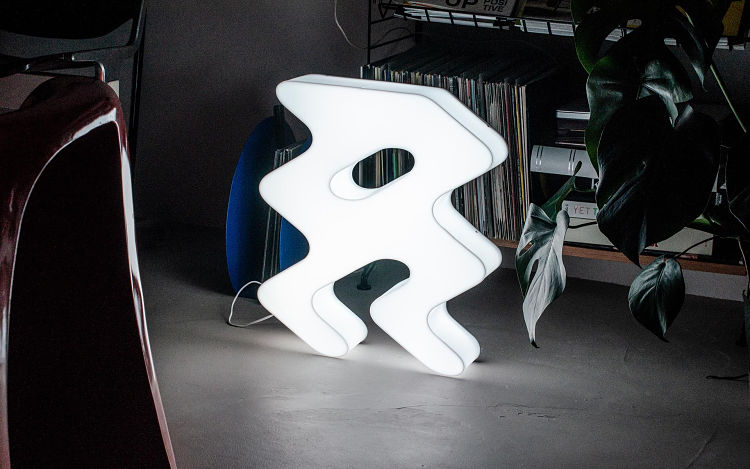 How would you describe your style?
How would you describe your style?
A sophisticated grid, filled up with various type treatments, strong visuals and expressive brand essences as core elements.
What sort of clients do you most enjoy working with and why?
To be honest I really enjoy diversity. Working too long in the same fields can be boring, exhausting and not challenging at all.
I love clients who have passion for their own product and a clear message behind it. That, combined with them trusting in my skills, make for the projects that turn out the best.
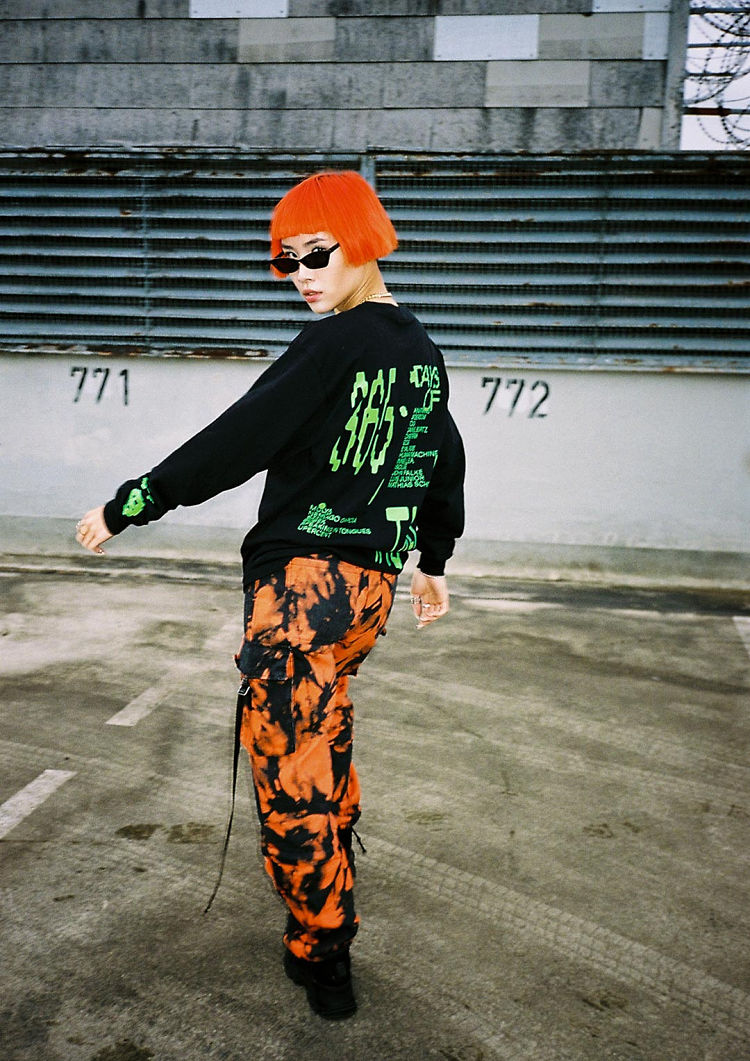
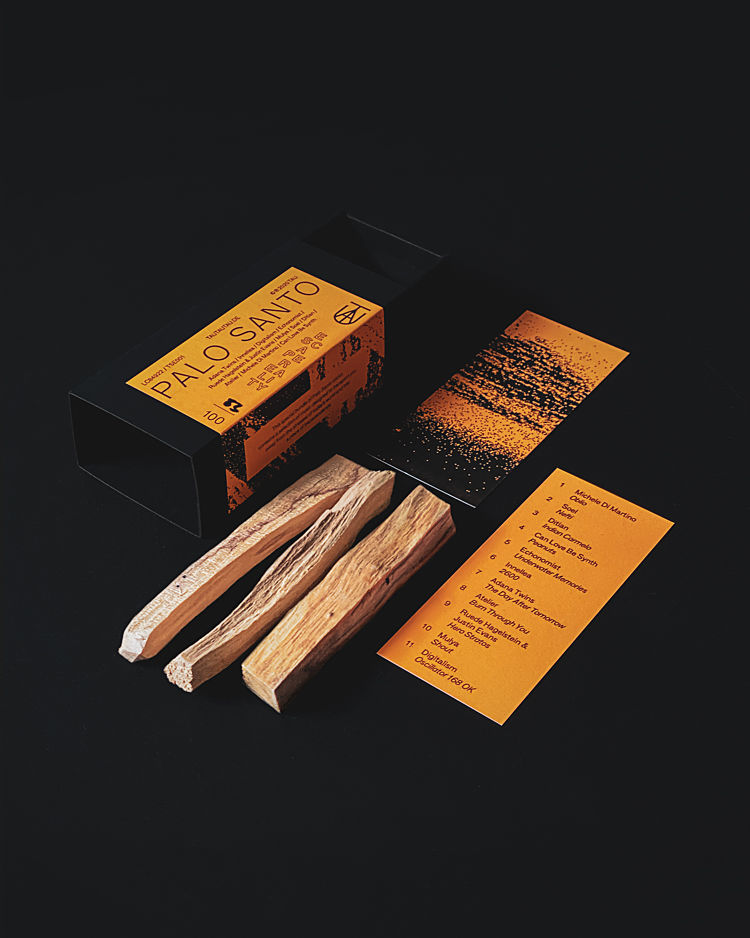
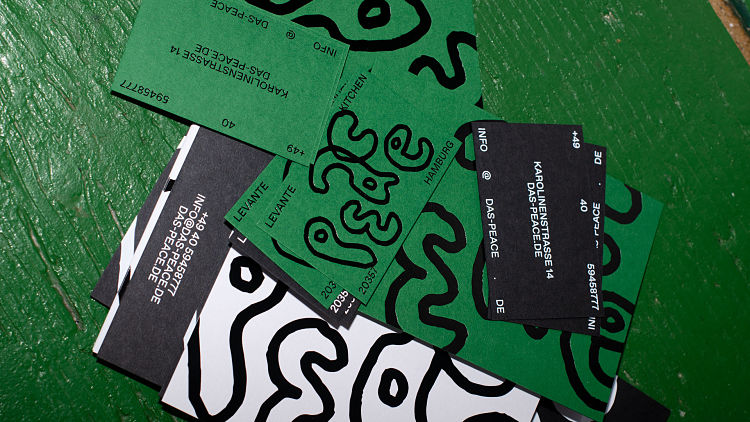 What do you wish you’d learned but didn’t at art school?
What do you wish you’d learned but didn’t at art school?
Back in those days I wasn’t really able to appreciate it and thought that there was too much variety and too little focus. Now I am really benefiting from that and incorporate lots of different disciplines into my work. If you want to be really good at something, you have to really dive into something in your spare time anyway. That’s not something which can be absorbed by just going to university.
What are the biggest things you’ve learned over the years working as a designer?
Being able to divide my design “personality” into commercial and artistic sections really helped me to develop as a successful freelancer and keep a happy creative mind…
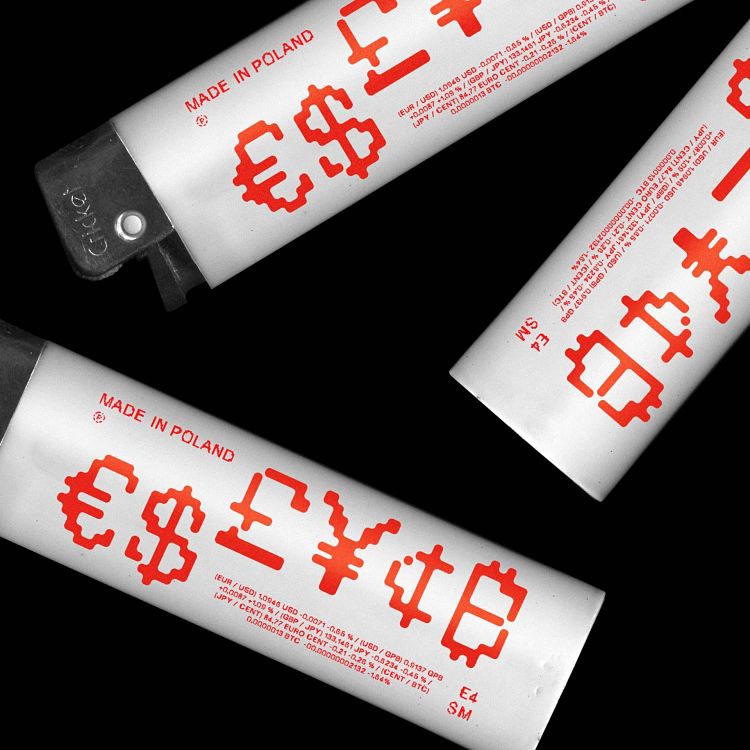
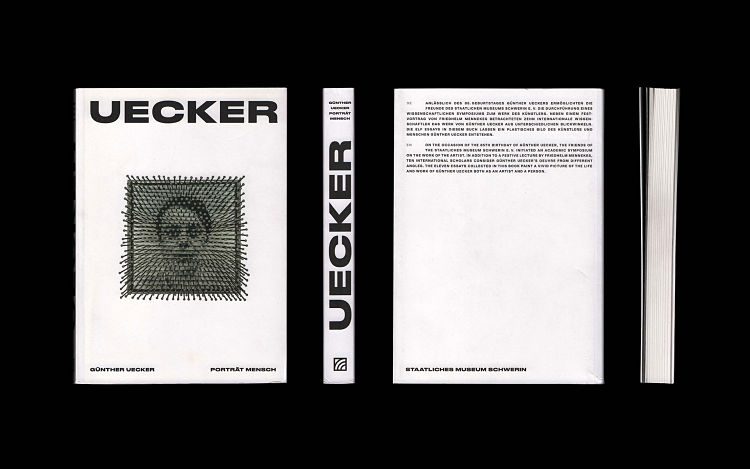 What’s the design scene like in Vienna?
What’s the design scene like in Vienna?
I would claim that Vienna has a pretty good design scene ranging from big design agencies to lots of smaller, young and upcoming ones. A few of my favourites are Great, Seite Zwei , Studio VIE, Moodley, Riebenbauer, Hammer Albrecht, Bleed, Buero Nardin, Kr8 Bureau, and Cin Cin.
You might like...
- Autobahn - November 26, 2021
- Alphabetical - November 12, 2021
- SOFA Universe - November 8, 2021

